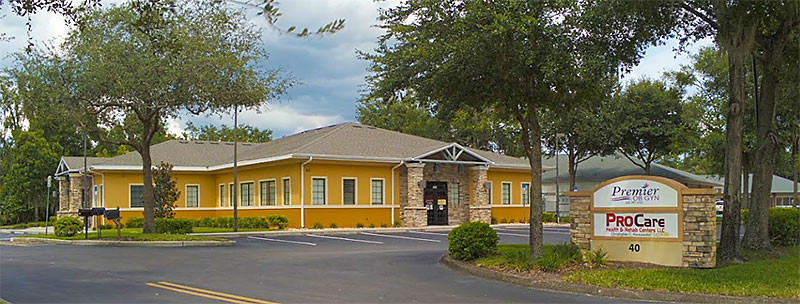As April brings showers and May blooms with flowers, many individuals with arthritis brace themselves for heightened discomfort.
The transition to spring can exacerbate joint pain and stiffness, impacting daily activities and diminishing quality of life. However, by understanding how changes in weather affect arthritis symptoms and implementing proactive strategies like chiropractic care, individuals can better manage their condition and find relief. In this article, we’ll explore the connection between arthritis and springtime weather and discuss effective approaches for alleviating joint pain.
Understanding the Impact of Spring Weather on Arthritis:
For individuals living with arthritis, the arrival of spring can bring both anticipation and apprehension. While warmer temperatures and increased sunlight may uplift spirits, the fluctuations in barometric pressure, humidity, and temperature associated with spring weather can trigger or intensify arthritis symptoms.
Barometric Pressure: Changes in barometric pressure, which refers to the atmospheric pressure exerted on the body, can affect the fluid levels in joints. When barometric pressure drops, as often occurs before rainy weather, the tissues surrounding joints may expand, leading to increased pressure and discomfort.
Humidity: High humidity levels can contribute to joint stiffness and inflammation, particularly in individuals with rheumatoid arthritis. Moisture in the air can make it more challenging for joints to move smoothly, exacerbating pain and limiting mobility.
Temperature: While warmer temperatures may initially provide relief for stiff joints, sudden fluctuations in temperature can trigger pain and discomfort. Additionally, extreme heat can lead to dehydration, which may worsen arthritis symptoms.
Strategies for Managing Arthritis in Springtime:
Despite the challenges posed by spring weather, there are several strategies individuals can employ to better manage arthritis and alleviate joint pain:
Stay Active: Engaging in regular physical activity is crucial for maintaining joint flexibility and strength. Low-impact exercises such as walking, swimming, and cycling can help improve range of motion and reduce arthritis-related pain. Additionally, incorporating gentle stretching exercises into your daily routine can help alleviate stiffness and improve mobility.
Maintain a Healthy Weight: Excess weight puts added stress on the joints, exacerbating arthritis symptoms. By maintaining a healthy weight through a balanced diet and regular exercise, individuals can reduce the strain on their joints and experience relief from joint pain.
Prioritize Joint Protection: When engaging in activities that may exacerbate arthritis symptoms, such as gardening or lifting heavy objects, it’s essential to prioritize joint protection. Use ergonomic tools and equipment, take frequent breaks, and avoid repetitive movements that place excessive strain on the joints.
Apply Heat or Cold Therapy: Heat and cold therapy can provide temporary relief from arthritis-related pain and inflammation. Applying a warm compress or taking a warm bath can help relax stiff muscles and ease joint discomfort. Conversely, cold packs or ice packs can help reduce inflammation and numb the area, providing relief from pain.
Practice Good Posture: Maintaining proper posture can help alleviate pressure on the joints and prevent worsening of arthritis symptoms. Whether sitting, standing, or lifting objects, strive to keep your spine aligned and avoid slouching or hunching forward.
Incorporate Chiropractic Care: Chiropractic care offers a non-invasive and holistic approach to managing arthritis-related joint pain. The team at Oviedo ProCare Chiropractic and Rehab is trained to identify misalignments in the spine and extremities that may contribute to joint dysfunction and discomfort. Through gentle adjustments and manipulations, we can realign the spine, improve joint mobility, and alleviate pressure on affected joints.
Chiropractic adjustments can also help reduce nerve irritation and inflammation, providing natural relief from arthritis symptoms. Additionally, our doctors may recommend complementary therapies such as massage therapy, acupuncture, or nutritional counseling to further support joint health and overall well-being.
Conclusion:
As April showers give way to May flowers, those living with arthritis may find themselves navigating the challenges of springtime weather. However, by implementing proactive strategies and seeking appropriate care, it’s possible to manage arthritis-related joint pain and enjoy the beauty of the season. Whether through regular exercise, joint protection techniques, or chiropractic care, individuals can take steps to improve joint health, reduce inflammation, and enhance overall quality of life. Book online now to take the first step in embracing these strategies, and be ready to face the season change with resilience and optimism.



